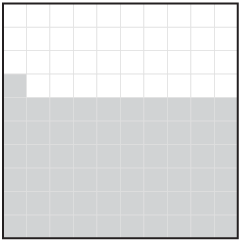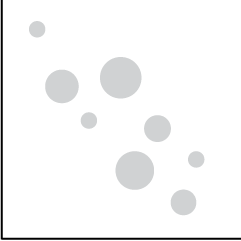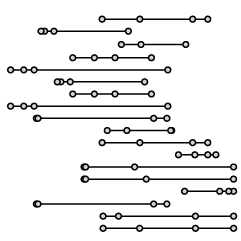A large majority of us who have websites use Google Analytics as our traffic monitor, and why not? It’s free, it works, and it provides loads of data on traffic, referrals, and our content. We can then make decisions based on that data, but the trouble is there’s a fair amount of clicking before we get to the good stuff. Enter Dshbrd by DabbleDB. Yes, that’s dashboard with no vowels.
Taking the Guesswork Out of Analytics
The DabbleDB folks know data, and Dshbrd is no exception. Using data from your Google Analytics account, Dshbrd analyzes and finds the points of interest – and then shows them to you in a clear and concise way. I’ve grown incredibly tired of overused sparklines, but Dshbrd uses them well to show traffic trends alongside a vertical stacked area chart. The two are linked such that when you scroll over an event (e.g. rise in referrals from Digg), the area on the stacked chart highlights and vice versa.
View traffic from site referrals, search engines, and direct links or content popularity, etc. Basically, you can examine all of your analytics data in Dshbrd that you can in Google Analytics but in this new view. It might take a second to get used to time on the vertical axis, but once you get over that, this alternative interface is quite intuitive and more importantly, very useful.
Now if only DabbleDB would provide a reliable API I would be very happy.
Premium Analytics
Ultimately, I’m guessing DabbleDB would want to turn Dshbrd into a fee-based service if it gained enough traction. I personally wouldn’t pay for it since I really don’t need that much outside the usual Google view, but I could see how Dshbrd could be useful to others. What do you think? Would you pay for this sort of premium view into your Google Analytics data?


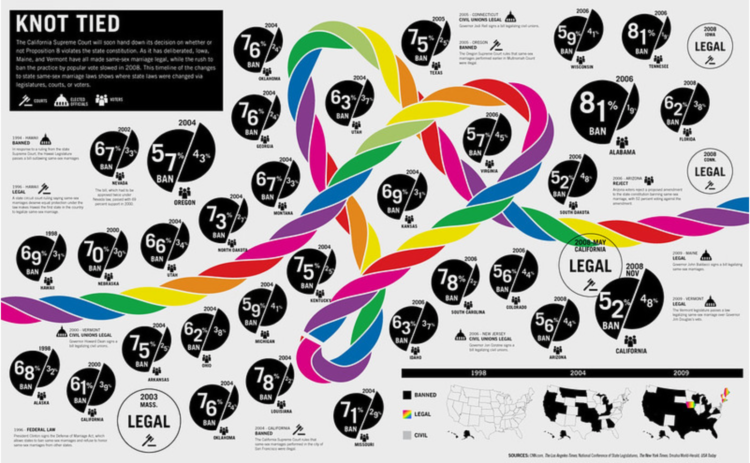
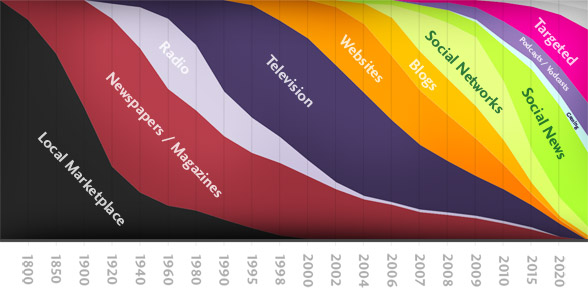
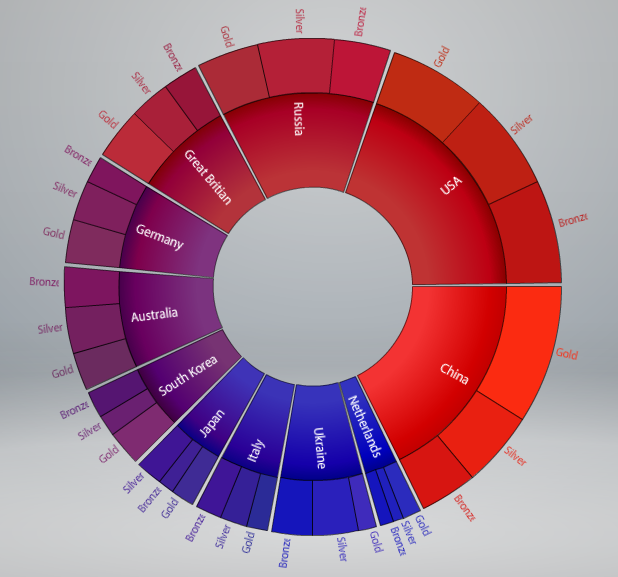
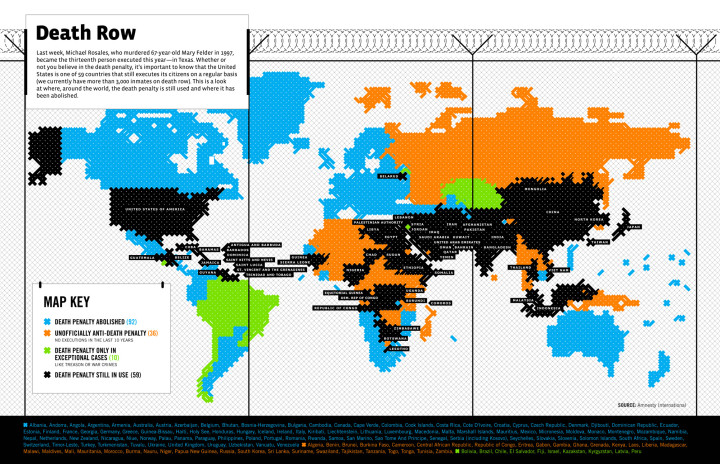
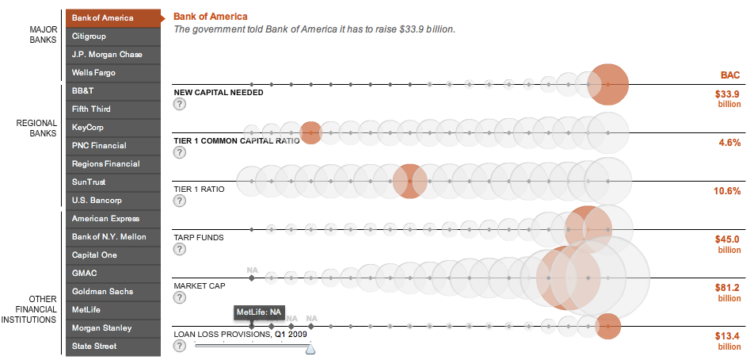
 Visualize This: The FlowingData Guide to Design, Visualization, and Statistics (2nd Edition)
Visualize This: The FlowingData Guide to Design, Visualization, and Statistics (2nd Edition)

